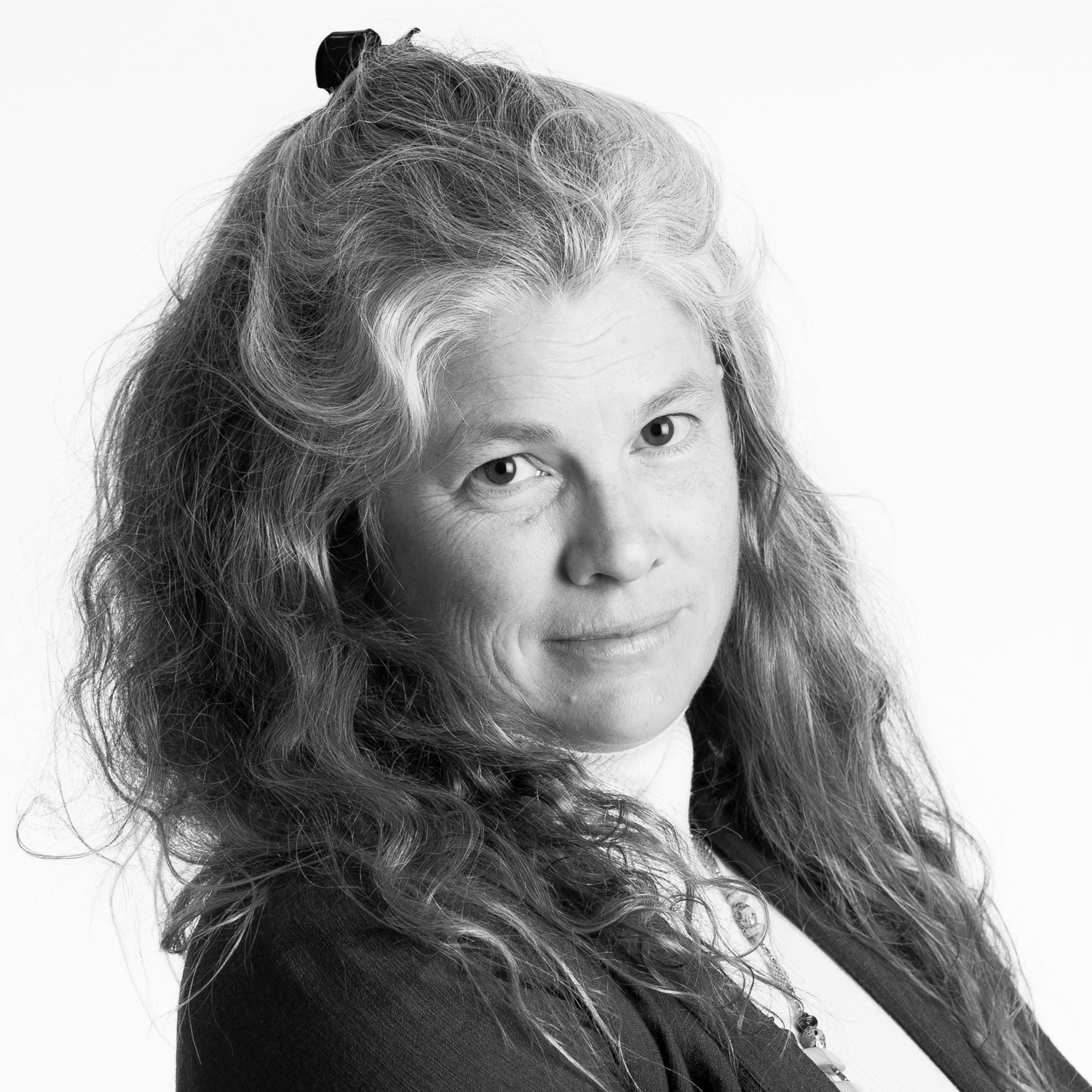
Kristin Lauter
Lauter was awarded the Selfridge Prize in Computational Number Theory in 2008 and was elected to the 2015 Class of Fellows of the American Mathematical Society "for contributions to arithmetic geometry and cryptography as well as service to the community." In 2017, she was selected as a fellow of the Association for Women in Mathematics in the inaugural class. She is the 2018-2020 Polya Lecturer for the Mathematical Association of America.
Lauter received her BA, MS, and Ph.D degrees in mathematics from the University of Chicago, in 1990, 1991, and 1996, respectively. Prior to joining Microsoft, she held positions as a visiting scholar at Max Planck Institut fur Mathematik in Bonn, Germany (1997), T.H. Hildebrandt Research Assistant Professor at the University of Michigan (1996-1999), and a visiting researcher at Institut de Mathematiques Luminy in France (1999).
She is a co-founder of the Women in Numbers Network, a research collaboration community for women in number theory, and she is the lead PI for the AWM NSF Advance Grant (2015-2020) to create and sustain research networks for women in all areas of mathematics. She serves on the Board of Trustees of MSRI, the Advisory Board of the Banff International Research Station and has served on the Council[8] of the American Mathematical Society (2014-2017).